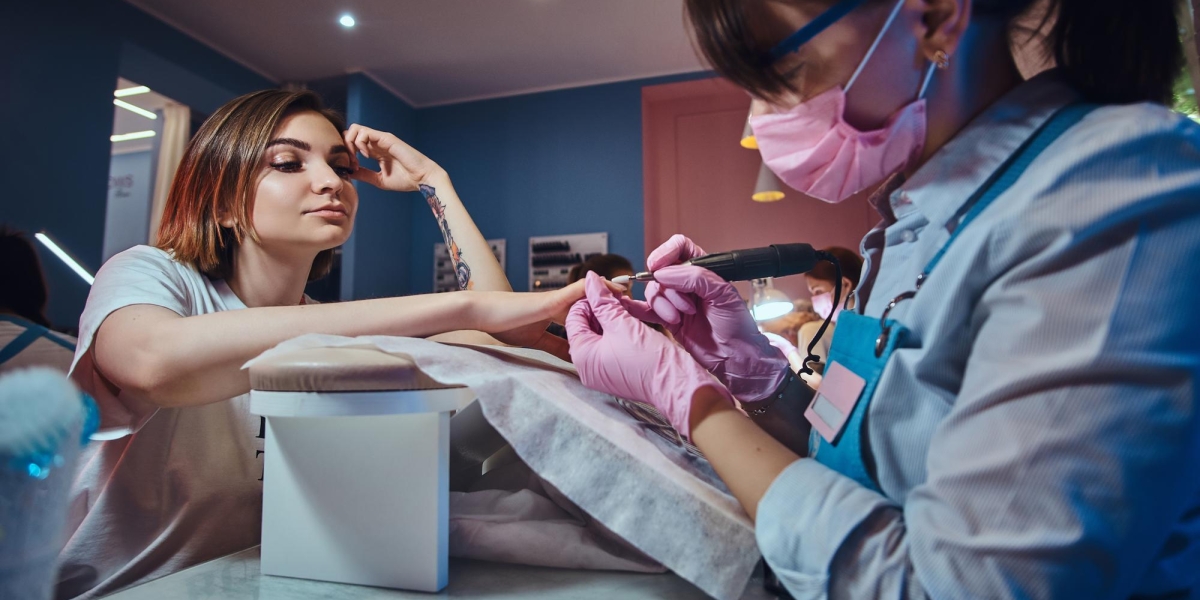Nail problems are common and can range from cosmetic issues to symptoms of underlying health conditions. They can affect the appearance, strength, and function of your nails. Addressing these issues requires an understanding of their causes and appropriate treatments. This guide provides an overview of common nail problems, their causes, and the treatment options available to restore healthy nails.
Common Nail Problems and Their Treatments
-
Nail Fungus (Onychomycosis):
-
Description: A fungal infection that affects the nails, causing them to become discolored, thickened, and brittle. It commonly affects toenails but can also occur in fingernails.
-
Causes: Fungal infections are often caused by dermatophytes, yeasts, or molds that thrive in warm, moist environments.
-
Treatment:
- Topical Antifungals: Over-the-counter or prescription antifungal creams and lacquers can treat mild cases. Common examples include terbinafine, ciclopirox, and efinaconazole.
- Oral Antifungals: For more severe infections, oral medications such as terbinafine or itraconazole may be prescribed to eliminate the fungus from within.
- Laser Therapy: Lasers can target and destroy fungal infections without harming surrounding tissues.
-
Nail Psoriasis:
-
Description: A condition characterized by pitting, discoloration, and thickening of the nails due to psoriasis, a chronic autoimmune disease that affects the skin.
-
Causes: Nail psoriasis is associated with the underlying psoriasis condition, which leads to abnormal nail growth.
-
Treatment:
- Topical Treatments: Corticosteroid creams and ointments can reduce inflammation and improve nail appearance.
- Systemic Medications: Oral or injectable medications, such as methotrexate or biologics, may be used for severe cases.
- Nail Care: Regular trimming and moisturizing can help manage symptoms and improve nail health.
-
Brittle Nails:
-
Description: Nails that are weak, prone to splitting, and breaking easily.
-
Causes: Common causes include frequent exposure to water or harsh chemicals, nutritional deficiencies, and underlying medical conditions.
-
Treatment:
- Moisturizing: Regular application of hand creams or oils can help strengthen and hydrate nails.
- Nutritional Supplements: Biotin, vitamin E, and other vitamins and minerals may support nail health.
- Protective Measures: Wearing gloves when handling water or chemicals can prevent further damage.
-
Ingrown Nails:
-
Description: A condition where the edge of the nail grows into the surrounding skin, causing pain, redness, and swelling.
-
Causes: Ingrown nails are often caused by improper nail trimming, tight footwear, or genetic factors.
-
Treatment:
- Proper Nail Care: Trim nails straight across and avoid cutting them too short.
- Soaking and Medication: Soaking the affected foot or hand in warm water with Epsom salts can reduce swelling and pain. Over-the-counter pain relievers and topical antibiotics may be used.
- Surgical Intervention: In severe cases, a podiatrist may need to perform a minor surgical procedure to remove part of the nail or the underlying nail matrix.
-
Yellow Nails:
-
Description: Nails that have developed a yellowish tint, which may be accompanied by thickening or deformity.
-
Causes: Potential causes include fungal infections, smoking, use of certain nail polishes, or systemic diseases like diabetes.
-
Treatment:
- Address Underlying Causes: Identifying and treating any underlying conditions or lifestyle factors can help improve nail color.
- Topical Treatments: Antifungal treatments may be used if a fungal infection is present.
- Nail Care: Regularly cleaning and moisturizing nails can improve appearance.
-
White Spots on Nails (Leukonychia):
-
Description: White spots or patches on the nails that may be isolated or cover the entire nail.
-
Causes: White spots are often caused by minor trauma or injury to the nail matrix. In some cases, they may be a sign of a deficiency in zinc or other minerals.
-
Treatment:
- Nail Protection: Avoiding trauma and maintaining proper nail care can help prevent further spots.
- Nutritional Adjustment: Ensuring adequate intake of vitamins and minerals, particularly zinc, can support overall nail health.
-
Nail Ridging:
-
Description: The appearance of vertical or horizontal ridges on the surface of the nails.
-
Causes: Nail ridging can be caused by aging, nutritional deficiencies, or underlying health conditions such as rheumatoid arthritis or diabetes.
-
Treatment:
- Nutritional Support: Ensuring a balanced diet with essential vitamins and minerals can improve nail texture.
- Medical Evaluation: Consulting a healthcare provider to rule out or manage any underlying health issues.
-
Nail Trauma:
-
Description: Injuries to the nail, including bruising, splitting, or complete loss of the nail.
-
Causes: Trauma can result from accidents, improper nail care, or repeated physical stress.
-
Treatment:
- First Aid: Applying ice to reduce swelling and taking over-the-counter pain relievers can help manage symptoms.
- Medical Attention: In cases of severe injury or if the nail is completely detached, seeking medical attention is essential to ensure proper care and prevent infection.
General Nail Care Tips
-
Maintain Hygiene:
- Regularly clean and dry your nails to prevent infections and maintain overall health.
-
Use Gentle Products:
- Opt for non-drying nail polish removers and avoid harsh chemicals that can damage the nails.
-
Trim Regularly:
- Keep nails trimmed to prevent snagging and reduce the risk of injury.
-
Avoid Biting or Picking:
- Refrain from biting your nails or picking at the cuticles to prevent damage and infection.
-
Hydrate and Moisturize:
- Regularly apply hand cream or cuticle oil to keep nails and surrounding skin hydrated.
Conclusion
Nail problems can significantly impact your comfort and confidence, but many effective treatments are available. By understanding the common issues and their treatments, you can take proactive steps to maintain healthy, beautiful nails. For persistent or severe nail problems, consulting with a healthcare provider or dermatologist is essential to receive an accurate diagnosis and appropriate treatment plan. Proper nail care and timely intervention can help restore and preserve the health and appearance of your nails.
